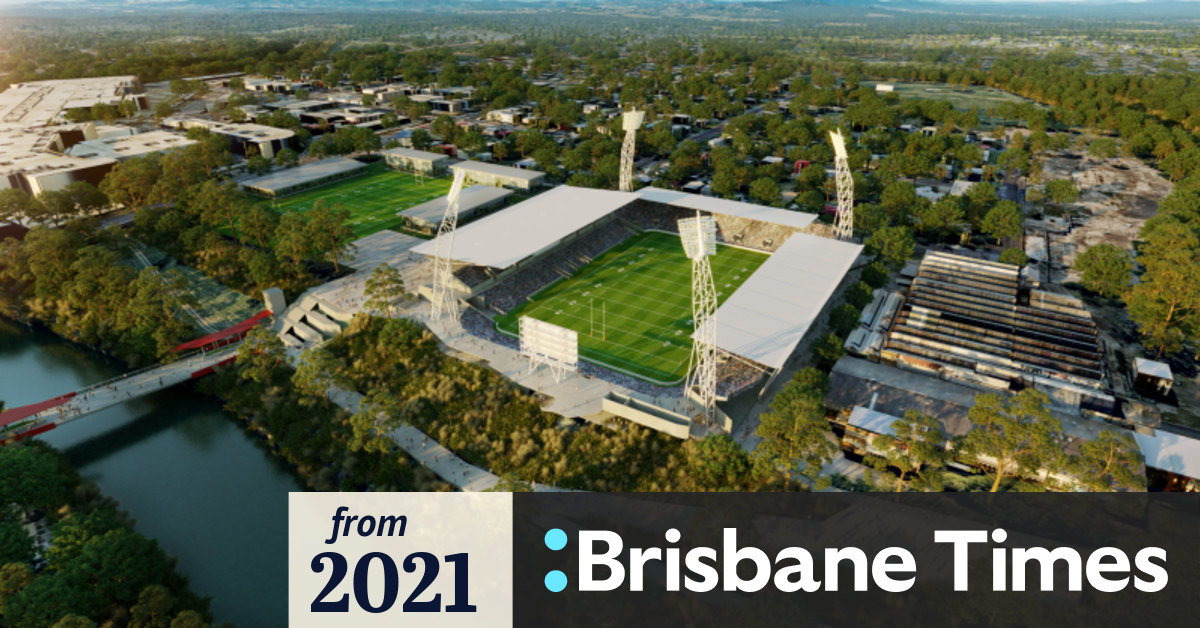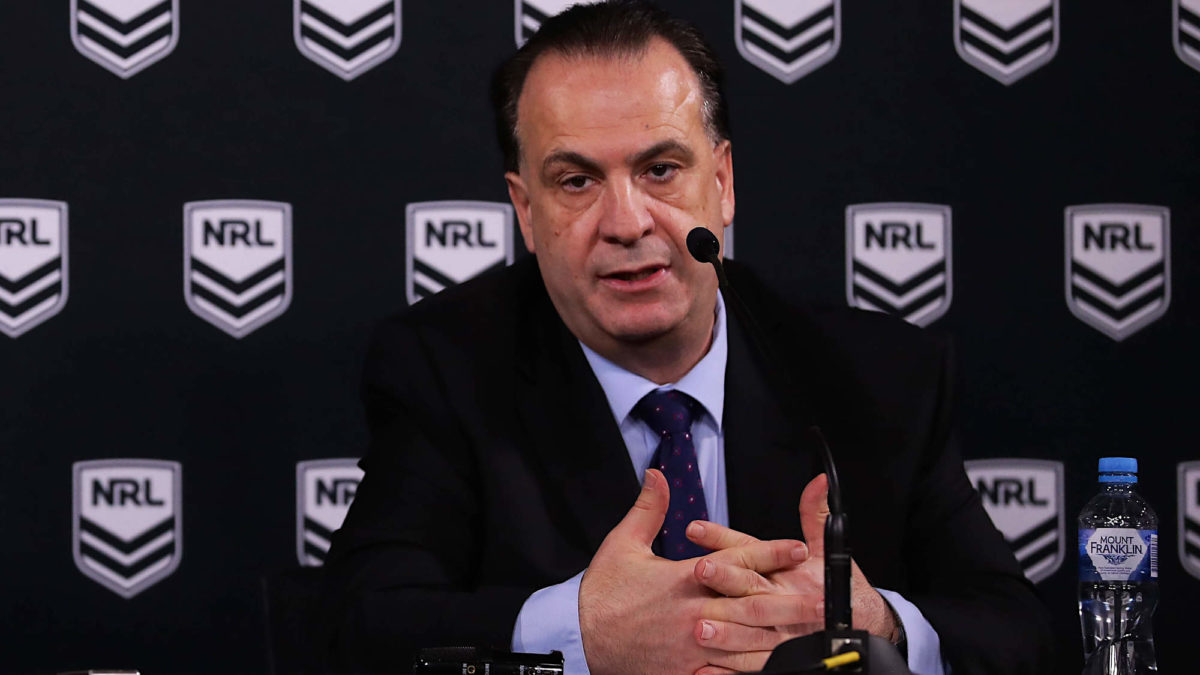Head honchos from the National Rugby League spent six hours on Monday meeting with the three expansion bids as they inch toward a decision on the game’s 17th franchise.
There is no guarantee we will see a new club any time soon but it was a chance to refresh and see exactly what each potential suitor had.
Peter V’landys and his colleagues would agree the Brisbane Jets (Western Corridor), Redcliffe and the Brisbane Firehawks all have their strong points.
The priority for the NRL, in these harsh pandemic times, is to find ways to bring in more money as easily as they can. You could argue that the easiest way for them to do that is to bring in another organisation in a rugby league heartland which would also act as another defensive weapon against rival codes.
To a lesser extent, but more publicly spruiked by the game’s administrators, is that it is more about ‘growing the game’, ‘participation’ and the ‘next generation’ of supporters.
If it was simply about the next generation, the Brisbane Jets would bein the box seat.
The Western Corridor is as important to the Queensland sporting landscape as western Sydney in NSW.
The Jets’ catchment area includes Ipswich, Toowoomba and Logan – some of the fastest-growing areas in Australia.
“The key advantage for us is that numbers just don’t lie,” Western Corridor chief Steve Johnson told SEN in February.
“The demographics indicate that by 2026, there will be 73,000 rugby league players in Queensland and we’ll have just under 20,000 – nearly 30 per cent of those – in the Western Corridor.
“If you can’t build a successful rugby league club with 30 per cent of all Queensland players, then you are doing a very bad job.
“You can’t be overly confident but if the NRL are focused on participation as Peter V’landys said, then we’re undeniable.”
The Jets don’t have the cash of the other two bids but, for once, rugby league needs to take the hand out of the cookie jar and play the long game.
Forget the cash grab.
Earlier this year, construction on a $70 million training and game facility for the Brisbane Lions began in Ipswich, which will also house the club’s AFLW team.
The Ipswich council chipped in $20 million, with completion scheduled for September 2022.
AFL has already got its head in front in what is meant to be a rugby league stronghold.
The other player in all of this is COVID itself.
Grassroots sport has been smashed again in 2021. Some junior clubs in NSW and Queensland won’t make it back to the field at all next year.
The perfect storm of decades-long administrative mismanagement going all the way up the chain and coronavirus has crippled the sport. The long-term effects will be felt for years to come. We just don’t see it because the NRL is so top-heavy that the struggles in the bush and in metropolitan regions don’t carry the weight they once did.
A contact from a powerful junior club in Sydney’s southwest told me recently just how perilous things are getting in the heartlands.
Unfortunately, our great game is being administered horribly at all levels and grassroots community footy is suffering badly,” he said.
“Mate, our population in the southwest has tripled over the last 20 years and the participation numbers are horrible. School football was huge in the area at both primary and high schools.
“Not anymore, unfortunately.
“Rugby league development officers and players used to flood the schools; this hardly happens anymore.”
It is time for the NRL to learn something from the mistakes they continue to make.
If the next club in Queensland really is about future generations and growing and harnessing participation, one bid makes more sense the others.
There’s an old saying about the old bull and the young bull standing atop a hill.
Forget the bigger wad of cash. Take a little less.
It will be worth so much more later.
Head honchos from the National Rugby League spent six hours on Monday meeting with the three expansion bids as they inch toward a decision…
www.theroar.com.au

www.brisbanetimes.com.au


